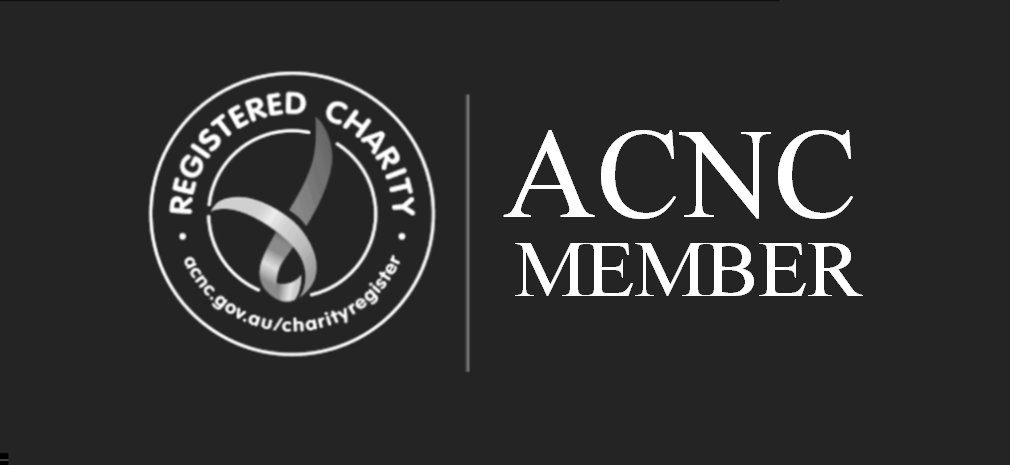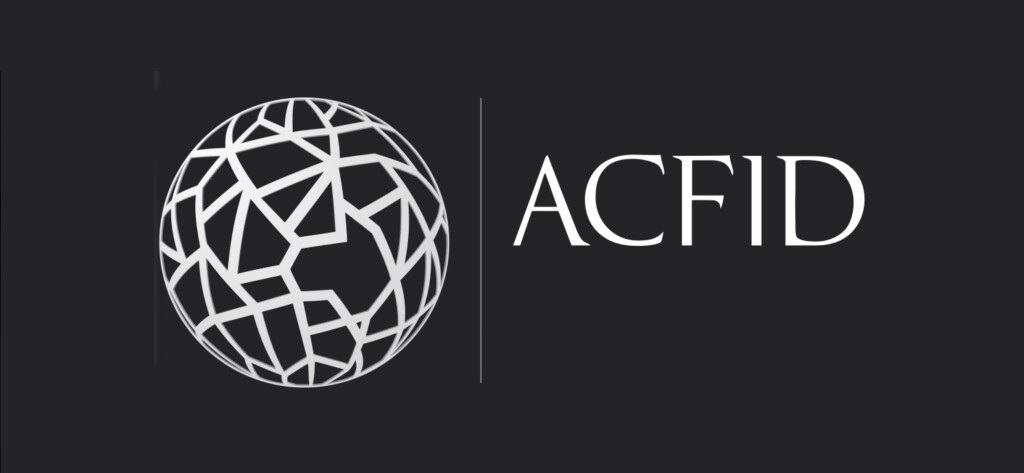.
All DAISI projects must undergo fiduciary assessment. Fiduciary Assessment (FA) is a key tool used to assess elements of the. third and fourth partnership commitments. Specifically they help us to assess and. monitor partner commitment to improving financial. Management (including fiscal transparency), strengthening domestic. financial accountability, and fighting corruption.
.
POLICIES
1.. A standard Fiduciary Risk Assessment (FRA) evaluating the national public financial management (PFM) system is mandatory where Financial Aid is being provided or considered. It will also be useful in countries where financial aid is not yet being considered, as it can help in monitoring partner government’s PFM reforms and provide a basis for dialogue on future financial aid. It also helps in understanding the fiduciary risk environment faced by other development partners who might provide financial aid.
2. This policy is for DAISI staff involved in Fiduciary Risk Assessments (FRAs), , and programmes aimed at improving partner financial management, strengthening partner financial accountability, and fighting corruption. It aims to provide a consistent and holistic approach to fiduciary risk management in South Pacific country programmes.
3. DAISI is committed to practices that strengthen external audit and legislative scrutiny and to undertake regular Fiduciary assessment of its partner countries.
4. Aid accounts for only part of the resources available to any developing country and in many cases only a small proportion of the total budget. Fiduciary risk is a risk for many stakeholders. The most sustainable way to reduce fiduciary risk to DAISI’s financial aid is to work with partner countries to improve the financial accountability environment.
5. DAISI’s approach to managing fiduciary risk is designed to allow us to work effectively with partner governments to support them in strengthening their PFM and accountability systems and fighting corruption.
6. DAISI’s approach to managing fiduciary risk is based on three mutually reinforcing
principles:
- Understanding the fiduciary risk environment
- Mitigating risks to the proper use of funds
- Monitoring risks, performance and use of funds on an on-going basis.
7. This approach underpins the management of all DAISI financial aid in a country programme. The three elements feed into each other – a good understanding of fiduciary risk should inform the design of our aid programme, including whether any mitigating measures are required to help safeguard funds. Monitoring progress reinforces our understanding and allows remedial action to be taken quickly if problems arise. The three elements of fiduciary risk management should be undertaken as part of a continual process as illustrated in figure 1.

- Fiduciary Risk Assessment (RMA) informs DAISI’S operation plans. This then allows the DAISI Board/Executive to propose actions that mitigate the fiduciary risk. DAISI is responsible for agreeing actions with local government, and accepting proposed levels of residual risk . DAISI will remain engaged and review reports and financial statements of government and Monitoring Partners tasked with “watch dog” responsibilities in ensuring proper use of funds. Reporting by DAISI’s Risk Appraisal Committee in the form of an annual statement of progress (ASP) is presented at the yearly Board/Executive meeting (following the AGM) and included in the minutes.
- In reaching an opinion on whether or not DAISI might provide Financial Aid, our past experience of the country will be important, and information drawn from the Country Governance Analysis (CGA) will be useful. Both the CGA and FRA help to inform the choice and mix of aid instruments and provide information on the partner government’s commitment to improving public financial management, strengthening domestic financial accountability and fighting corruption. There should be a two-way relationship between CGAs and FRAs. The wider analysis on the quality of governance undertaken in the CGA should feed into key assessments in the FRA – especially in relation to the risk of corruption and the credibility of reform programmes. Likewise, the detailed analysis in the FRA will generate information that the CGA can draw on in areas such as revenue mobilisation, PFM and corruption. Country offices should take advantage of these synergies to streamline, rather than duplicate analytical work.
- Mitigating Fiduciary. It is not sufficient to simply identify fiduciary risks. Risk Assessment Committee in combination with the Country Program officers must consider how fiduciary risks can best be mitigated and balance this against the potential development benefits of different options. Country Program officers should bear in mind the four approaches to mitigating individual risks: transfer, treat, tolerate or terminate. Aggregate risks can be managed more effectively by risk-spreading and portfolio management.
- Fiduciary risk is difficult to transfer to another organisation. Working through other development partners or managing agents may provide distance between DAISI and the fiduciary risks, but ultimately the risks, including reputational risks, are still borne by DAISI. Where DAISI relies on others, such as the World Bank, and Department of Foreign Affairs and Trade (DFAT), with necessary sanctions to manage risks, DAISI needs to ensure they are doing what they have undertaken to do, and to ensure appropriate remedial action is taken where necessary.
- Fiduciary risks can be treated, in the short term by the use of safeguards (at national or aid instrument level), and in the longer term through effective PFM and anti-corruption reform programmes. The time for reforms to reduce risk levels is likely to be medium to long term (five to ten years would not be uncommon). In the shorter term, that is, within the life-span of many aid instruments, country offices need to evaluate whether additional short-term safeguards are appropriate to mitigate key fiduciary risks. In so doing, country programme officer should bear in mind the trade-off between short term safeguards and longer term development of PFM capacity.
- Some level of fiduciary risk will need to be tolerated whenever financial aid is provided: the level of tolerance acceptable will depend on the expected development benefits from providing financial aid. The purpose of fiduciary risk assessments is not to eliminate fiduciary risk but to ensure DAISI understands, accepts and own the risks it is taking, and manage risks effectively. It is important, in this context, that financial aid programmes operating in high risk environments are able to closely monitor and document the development benefits achieved through the funding, to provide evidence to justify taking the associated risks.
- Fiduciary risk can be terminated by channelling elsewhere. For example, if fiduciary risk is very high in one South Pacific Country, DAISI may decide to channel funding to a Country with a lower fiduciary risk profile. Such decisions should be based on wider considerations than just fiduciary risk, for example development effectiveness risks, and the overall perceived medical and health needs of the Country. Typically in a country with high levels of corruption, there are also significant needs, and DAISI must remain true to its ethos of going where the need is greatest, as well as meeting is humanitarian crisis needs.
- Risk-spreading can be used to reduce overall risk, and basically involves “not putting all eggs in one basket” . For example substituting a large programme with a number of smaller ones could reduce overall risk, provided that the risk factors for the smaller programmes are not closely related (e.g. are not all determined by the same trigger). Country Programme officers often chose to spread risk by using a variety of aid instruments and working across different sectors.
- Monitoring Performance on an Ongoing Basis It is essential to monitor performance on an ongoing basis to:
- Ensure partner governments remain committed to improving PFM, strengthening domestic financial accountability and fighting corruption
- Check that planned reforms and agreed safeguards are being implemented effectively.
- Monitor key residual risks and be alert to indications of significant losses occurring, e.g. audit reports that identify suspected misuse of funds and are not followed up
- Identify any new fiduciary or corruption risks or changes in circumstance.
Definitions
Annual Statement of Progress (ASP) is the report of fiduciary risk given by the Risk Assessment Committee to DAISI’s Board/Executive.
Public Financial Management (PFM) is the system by which financial resources are planned, directed and controlled to enable and influence the efficient delivery of public service goals5 PFM includes the systems and processes of budget formulation, implementation, accounting and reporting, audit and accountability, covering both revenue and expenditure (including procurement). PFM systems exist at all levels – national, regional, local and state owned enterprises.
Fiduciary Risk Assessment (FRA) –is the risk that funds are not used for the intended purposes; do not achieve value for money; and/or are not properly accounted for. The realisation of fiduciary risk can be due to a variety of factors, including lack of capacity, competency or knowledge; bureaucratic inefficiency; and/or active corruption.



